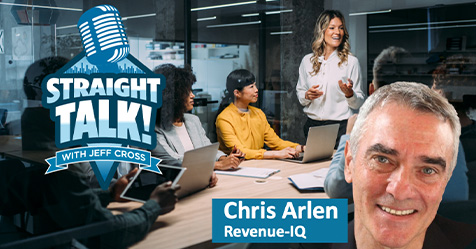Restaurant Lawsuit Shines Light on Cleaning Chemical Safety
The topic of cleaning chemical safety bubbled up in the mainstream media last week after a jury awarded $4.3 million to a Tennessee man after it found a Cracker Barrel restaurant was at fault for serving him sanitizing solution that was left in a water pitcher in 2014.
William Cronnon filed a complaint in April 2014 after he was served “water” from an unmarked pitcher while he ate lunch at a Cracker Barrel west of Chattanooga, reported the Lexington-Herald-Leader. What he drank turned out to be a mixture of water and a commercial-grade bleach the restaurant used as a kitchen cleaner, Cronnon’s attorney Thomas Greer said.
The incident sent Cronnon to the hospital with injuries to his mouth and esophagus according to CNN.
The attorney said the restaurant regularly used unmarked water pitchers to mix water and the cleaning product together, then soaked parts of the soda machine in that mixture in order to clean them.
The restaurant chain said in a statement that its policy has been and continues to be to never put chemicals in unmarked containers.
The incident can serve as an important reminder to cleaning professionals who use cleaning and disinfecting chemicals every day in their jobs.
“Never remove disinfectants or other cleaning products from their original containers and put into unlabeled containers. This can result in accidental and improper use of the product, which can have serious and harmful consequences,” wrote Komal K. Jain, the executive director of the Center for Biocide Chemistries, in a 2021 article for CMM, Clean With Caution.
In addition to this important reminder, Jain cautions when working with disinfectants to carefully follow all instructions regarding dilution of a product with water if stated on the label and use water at room temperature unless stated otherwise on the label. Also, never mix disinfectants with anything other than water.
Ensure that any employee who is inadvertently exposed to a product via inhalation or ingestion, or who exhibits symptoms of being exposed, reports the incident to a supervisor or medical professional.
Read more of Jain’s precautions here.
RELATED STORY: Prevent Cleaning Chemical Mistakes


